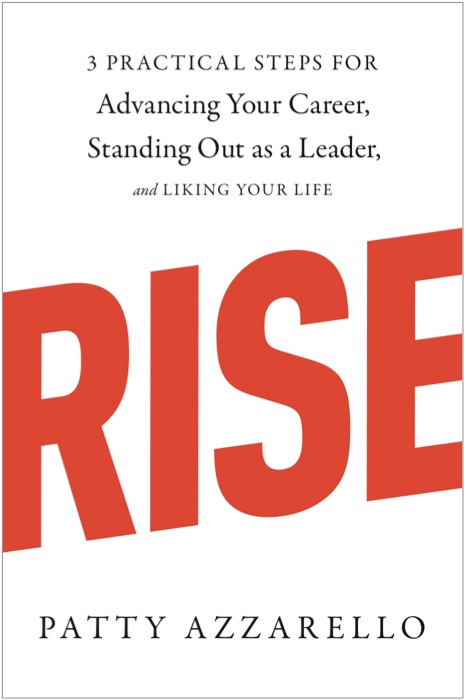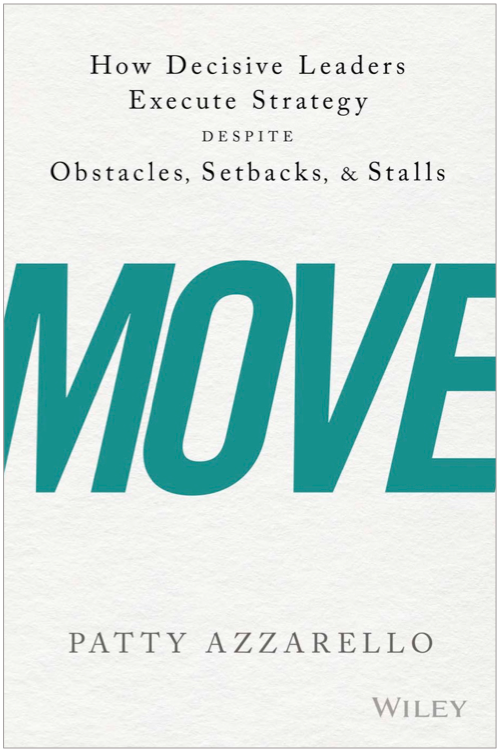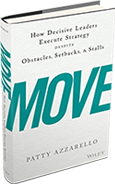
Happy New Year everyone, such as it is so far.
I thought this might be a good time to revisit this idea as we’re all getting started in 2021 when we are all feeling a little overwhelmed with everything.
Successful people don’t do EVERYTHING.
In fact, they don’t even try.
The most successful people acknowledge that they can’t do everything and instead focus on doing the most valuable things really well.
Chaos doesn’t scale. Doing everything doesn’t scale.
The key to success is not to try and do everything and die trying.
The trick is to figure out how to deal with an overwhelming workload, and give yourself a fighting chance to get the most important stuff done.
Change the work into better stuff
There are two key, practical ideas I want to focus on that you can start doing right now.
- Catch vs. DO
- Make a Catch List
Catch vs. DO
First it’s necessary to make this important mind shift if you are going to break out of trying to do DO everything.
Instead of trying to do everything, think, “I have to CATCH all the work, but not necessarily DO all the work”.
You can’t let incoming requests and tasks just drop with no attention, but that doesn’t mean you have to DO everything exactly as it comes in.
The way to not drop something is to catch it by making a list — your “Catch List”.
The Catch List
What do I mean by a “Catch List”?
It’s pretty literal. Catch everything. Record every single thing that is asked of you: Who asked, what they asked for, when they need it.
After a few weeks or a couple of months, your catch list will give you great power. Here’s what happens:
Your Sanity Improves
Looking at the list lets you judge how doable or crazy it all is.
Facing the dragon head on by seeing the whole list in one place makes a big difference to your state of mind about the work.
It’s hard to know anything for sure when it all just piles up in your head. And it’s very stressful to carry everything around in your head.
Seeing it all written down in one place will allow to moderate your stress level more accurately.
Once you can look at your Catch List you can begin to make more intentional judgements about the work load. You can decide what’s worth it or not.
You can do a frank assessment & analysis
Seeing the big picture allows you do to a frank assessment of how many things on the list are for example:
- Critical things
- Stupid things/time wasters/not enough value
- Duplicate requests
- Conflicting requests
- Surprises
- Unimportant “Emergencies”
- Non-optional, actual Emergencies
- Strategic Investments
This is really where the magic happens.
You can think and decide first:
Knowing how many things fall into each of these categories and looking at how much time you spend on each category lets you ask, How much time is it worth? Am I spending too much or too little?
This analysis is how you begin to find a way to deal with all the stuff on the list instead of just jumping in and trying do it all exactly as it comes across the table.
You can plan and prioritize:
Once you work though the list and think about it, you have given yourself the opportunity to strategize how to prioritize and negotiate. You can also find opportunities for consolidation, process improvement, prioritization, and negotiation.
Think about your job as sifting through all this work to find what is most important to do, and in what order, and to determine what can be delayed, improved or eliminated.
This in itself adds a lot of value to the work because it gets you focusing the right amount of time on what matters most, and finding a better way to deal with the less-important time-wasters. And when you see the big picture, it will reveal work that you shouldn’t be doing at all and need to either stop or negotiate away.
Credibility
Maintaining this list shows you have caught everything.
Anytime someone says, “What about my thing?”, you pull out the list. You show them that their thing is #47. It’s right there on the list. You’ll be surprised how much credibility you’ll gain just showing people the list, and being able to point to their thing and show you haven’t dropped it. (This works even with your boss.)
Communication
The list can be used as a conversation document:
The list becomes a great communication tool to talk with the people who are asking for things.
People have a tendency to think that they have access to 100% of your time. When you show them the list, (maybe color coded by the 8 people who ask you for things), they see their thing in context of everything you have been asked to do by all the other people.
You get even more credibility for managing such a vast work load, and they will tend become more reasonable with their requests when they see them in context.
People forget and change their mind:
Not all requests are created equal.
When you remind people of all the things they have asked for, they tend to either get a little embarrassed at the sheer number, forgot what they asked for, or start scratching things off the list they don’t care about any more.
Having and showing the list can automatically reduce your workload. (This also happens with your boss.)
Be More Strategic
People often ask me how to be more strategic. This is it. You can think of the opposite of strategic as doing all the work without thinking about it first.
When you give yourself to the opportunity to assess your workload over all, and make improvements to it’s content, process and value, you are being strategic.
Was this useful?
If you found this article useful, please help me share it with others and encourage them to subscribe to this Blog for free.
Make More Time
This month in my Executive Mentoring Group, the topic is Make More Time.
If you are feeling crunched for time and you want some additional ideas for how to make more time in your work week, there is an Executive Playbook on Make More Time, with tools and ideas to put into practice in your own way and start finding more time for things care about but aren’t getting to.
Take a look at the Playbook on Make More Time.
Patty Azzarello
Patty is available to speak at your company, annual meeting, or customer event. She can also deliver a custom workshop on Leadership or Strategy Execution for your leadership team. Contact Patty.
Or if you would like some personal help on your own professioal development, check out her Executive Mentoring Group. It’s filled with insights, resources and support to build your executive confidence, advance your career, and includes direct mentoring from Patty.
MORE ABOUT PATTY:
Patty Azzarello is an executive, best-selling author, speaker and CEO/Business Advisor. She became the youngest general manager at HP at the age of 33, ran a billion dollar software business at 35 and became a CEO for the first time at 38 (all without turning into a self-centered, miserable jerk)



